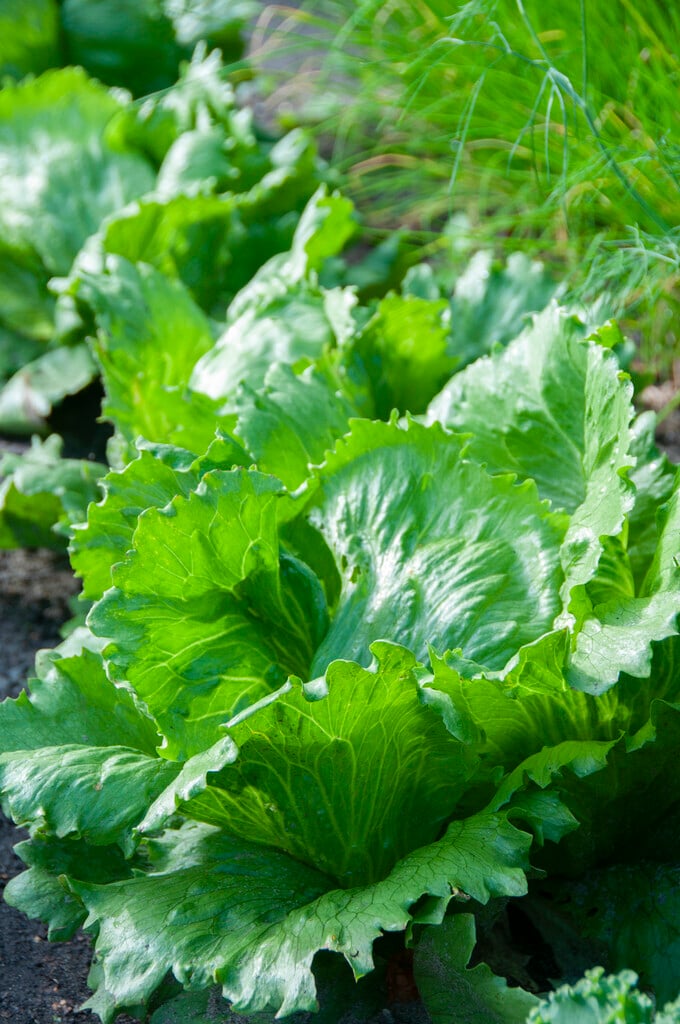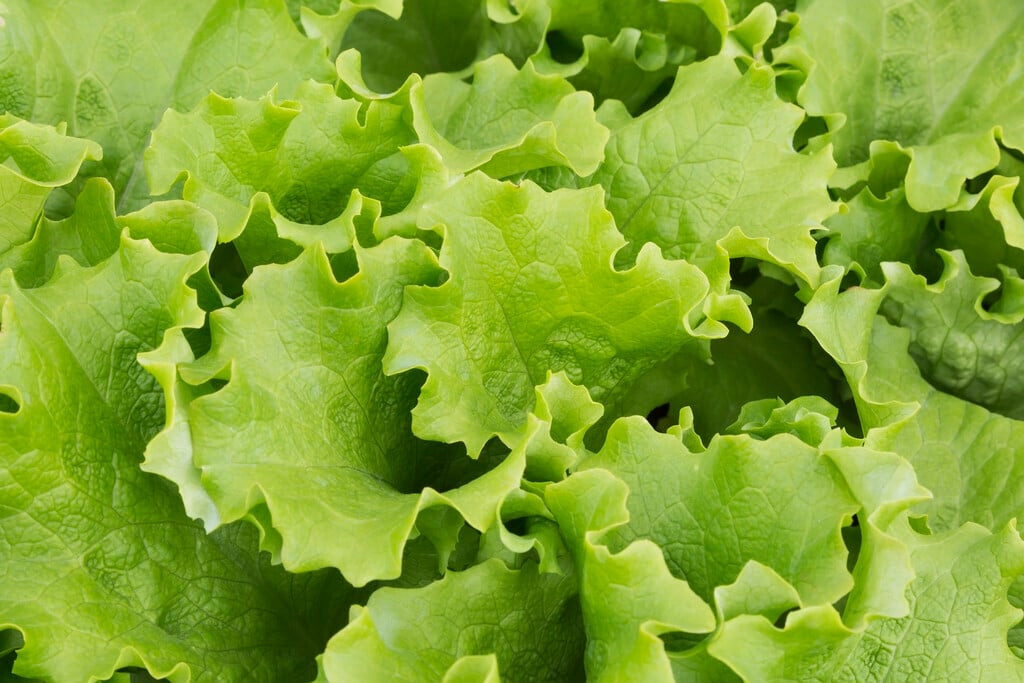Lactuca sativa
common lettuce
This is the species from which all our lettuce varieties have been bred. It forms a loose rosette of green or red-purple leaves which then elongates to a tall flowerhead of small, pale yellow flowers - as seen in all our food lettuces if they 'bolt'. Many varieties are available, varying in colour, size and shape, some less-prone to bolting than others
Size
Ultimate height
0.5–1 metresTime to ultimate height
1–2 yearsUltimate spread
0.1–0.5 metresGrowing conditions
Moisture
Moist but well–drained, Well–drainedpH
Acid, Alkaline, NeutralColour & scent
| Stem | Flower | Foliage | Fruit | |
| Spring | Green Purple | |||
|---|---|---|---|---|
| Summer | Yellow | Green Purple | ||
| Autumn | Green Purple | |||
| Winter |
Position
- Full sun
Aspect
East–facing or North–facing or South–facing or West–facing
Exposure
Exposed or Sheltered Hardiness
H2Botanical details
- Family
- Asteraceae
- Native to GB / Ireland
- No
- Foliage
- Deciduous
- Habit
- Columnar upright
- Genus
Lactuca can be annuals, biennials, perennials or shrubs, with alternate leaves, milky white sap and daisy-like flowers in white, yellow or blue. The genus includes a wide range of wild plants, as well as species cultivated for their edible leaves (lettuce)
- Name status
Correct
How to grow
Cultivation
Grow in any moisture retentive soil for more information see lettuce cultivation
Propagation
Propagate by seed. See sowing vegetable seeds
Suggested planting locations and garden types
- Cottage and informal garden
Pruning
No pruning required
Pests
May be susceptible to lettuce root aphid
Diseases
May be susceptible to grey moulds and downy mildews
Love gardening
Sign up to receive regular gardening tips, inspiration, offers and more
View our Privacy Policy
Get involved
The Royal Horticultural Society is the UK’s leading gardening charity. We aim to enrich everyone’s life through plants, and make the UK a greener and more beautiful place.

